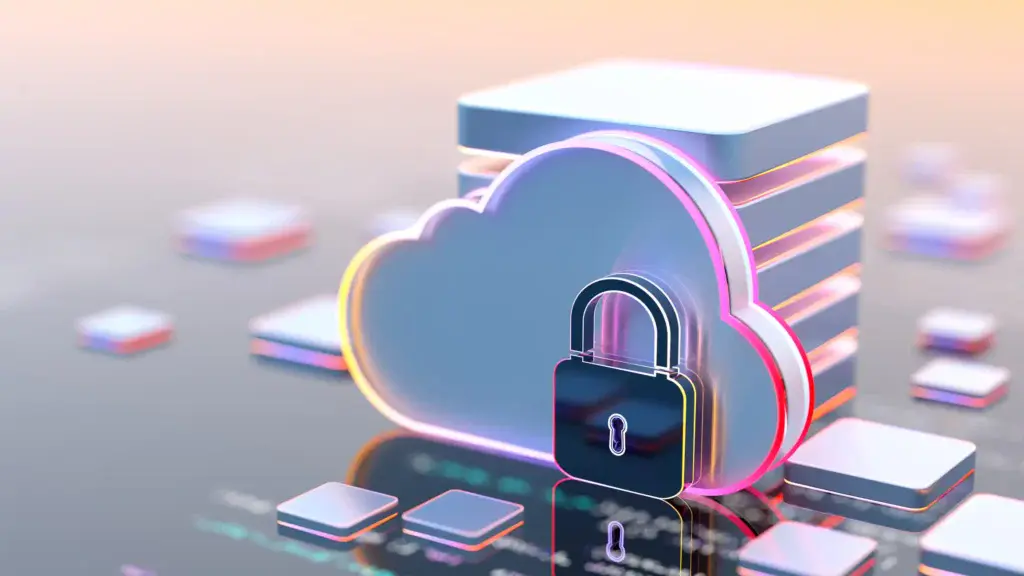
Introduction
As businesses continue to migrate to the cloud, the importance of security in this digital landscape cannot be overstated. The cloud offers immense advantages—scalability, flexibility, and cost efficiency—but it also presents unique vulnerabilities. Cyber threats are more sophisticated than ever, and organizations must proactively fortify their cloud environments. This article explores essential security solutions that can safeguard cloud infrastructures, ensuring a safer digital future.
The Importance of Cloud Security
Cloud security is critical for protecting sensitive data, maintaining compliance with regulations, and preserving customer trust. With increasing incidents of data breaches, ransomware attacks, and insider threats, organizations must prioritize security measures. A robust cloud security strategy not only protects against external threats but also encompasses internal risks, ensuring comprehensive coverage.
Understanding Cloud Security Risks
Before delving into security solutions, it’s vital to understand the specific risks associated with cloud computing. Common threats include:
- Data Breaches: Unauthorized access to sensitive data can result in significant financial and reputational damage.
- Account Hijacking: Attackers may exploit weak credentials to gain control over cloud accounts.
- Insecure APIs: Application Programming Interfaces (APIs) are often targeted due to their critical role in cloud services.
- Misconfigured Cloud Settings: Incorrect configurations can expose data to unintended access.
- Insider Threats: Employees or contractors with access to confidential information can pose significant risks.
Essential Security Solutions for Cloud Environments
1. Identity and Access Management (IAM)
IAM solutions are fundamental in controlling who has access to cloud resources. Implementing strong authentication processes, such as multi-factor authentication (MFA), helps ensure that only authorized users can access sensitive data. Additionally, organizations should adopt the principle of least privilege, granting users the minimum access necessary to perform their jobs. Regular audits of user access rights can help identify and mitigate potential risks.
2. Data Encryption
Data encryption is crucial for protecting sensitive information both at rest and in transit. By encrypting data before it is uploaded to the cloud, organizations can add an additional layer of security. Moreover, end-to-end encryption ensures that even if data is intercepted, it remains unreadable to unauthorized parties. Organizations should also manage their encryption keys securely, utilizing hardware security modules (HSMs) or key management services (KMS) offered by cloud providers.
3. Cloud Security Posture Management (CSPM)
CSPM tools help organizations continuously monitor and manage their cloud security configurations. These tools can automatically identify misconfigurations, compliance violations, and security risks, enabling organizations to rectify issues before they lead to breaches. By providing visibility into cloud environments, CSPM solutions empower security teams to maintain a strong security posture.
4. Threat Detection and Response
Implementing advanced threat detection solutions such as Security Information and Event Management (SIEM) systems is essential for identifying potential security incidents in real time. SIEM systems aggregate and analyze log data from various sources, enabling organizations to detect anomalies and respond to threats swiftly. Additionally, integrating Artificial Intelligence (AI) and Machine Learning (ML) can enhance threat detection capabilities, allowing for more effective identification of sophisticated attacks.
5. Regular Security Audits and Assessments
Conducting regular security audits and assessments is vital for identifying vulnerabilities within cloud environments. Organizations should perform penetration testing, vulnerability assessments, and compliance audits to ensure that their cloud security measures are effective. Engaging third-party security experts can provide an objective view of an organization’s security posture and uncover potential weaknesses.
6. Data Loss Prevention (DLP)
DLP solutions are designed to prevent unauthorized data access and exfiltration. By monitoring data activities within cloud environments, DLP tools can detect and block suspicious behavior, ensuring that sensitive information does not leave the organization. Implementing DLP policies can help organizations mitigate risks associated with insider threats and accidental data leaks.
7. Backup and Disaster Recovery
A comprehensive backup and disaster recovery strategy is essential for mitigating the impact of data loss incidents. Organizations should implement automated backup processes to ensure that data is regularly backed up in secure locations. Additionally, testing disaster recovery plans regularly helps organizations prepare for potential outages or data breaches, ensuring that they can quickly restore operations.
8. Compliance Management
Compliance with industry regulations and standards is critical for organizations utilizing cloud services. Implementing compliance management solutions can help organizations monitor their adherence to regulations such as GDPR, HIPAA, or PCI-DSS. These solutions provide automated reporting and alerts, enabling organizations to maintain compliance and avoid costly penalties.
Building a Culture of Security Awareness
While implementing technological solutions is crucial, fostering a culture of security awareness within an organization is equally important. Employees are often the first line of defense against cyber threats, and training programs can help them recognize and respond to potential risks. Regular security awareness training sessions should cover topics such as phishing attacks, password management, and safe browsing practices.
The Role of Shared Responsibility
When it comes to cloud security, the shared responsibility model is a critical concept. While cloud service providers (CSPs) are responsible for securing the infrastructure, organizations are responsible for securing their data and applications. Understanding this division of responsibility is essential for developing a comprehensive cloud security strategy that effectively addresses vulnerabilities at both levels.
Conclusion
As organizations continue to embrace cloud computing, fortifying cloud security is paramount for protecting sensitive data and maintaining trust. By implementing essential security solutions such as IAM, encryption, CSPM, and DLP, organizations can create a robust defense against evolving cyber threats. Additionally, fostering a culture of security awareness and understanding the shared responsibility model will contribute to a safer digital future. As technology continues to advance, organizations must remain vigilant and adaptive, ensuring that their cloud environments are secure and resilient.






